
Griff Thomas, Managing Director at GTEC Training, analyses the challenges involved in building the workforce behind the UK’s Net Zero goals.
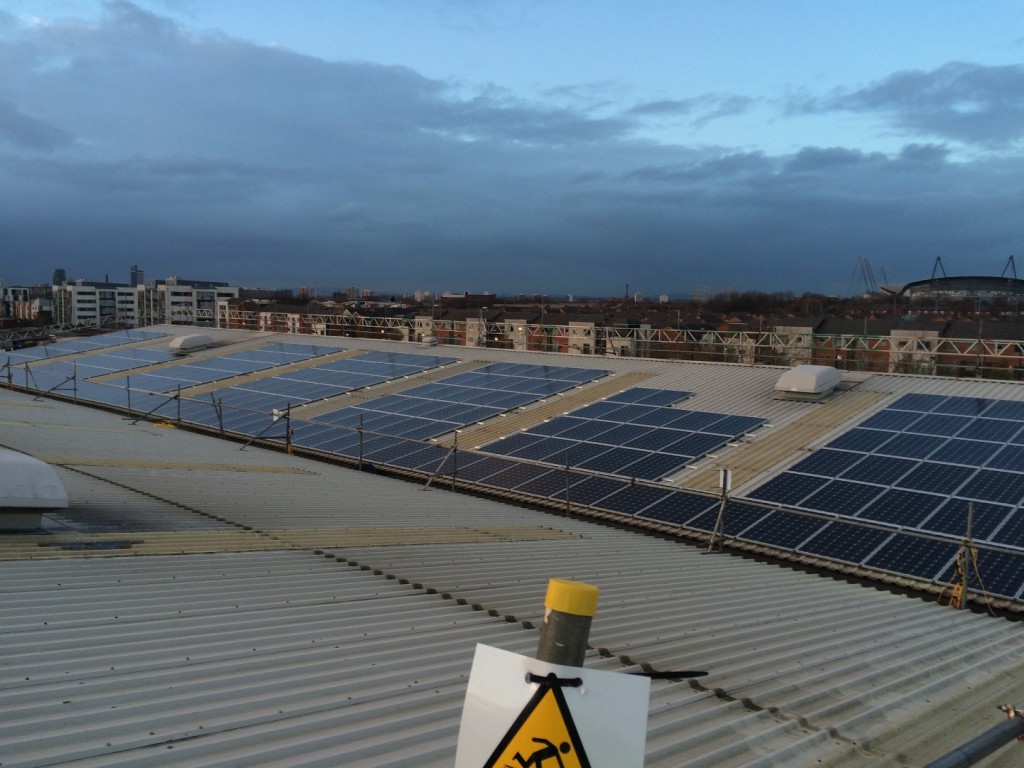
Matthew Blackmore, Head of Business Development at Armstrong Fluid Technology, looks at the pitfalls to avoid when combining renewables with more traditional low carbon pieces of equipment, such as variable speed pumps, in order to optimise investment in renewables through effective integration.
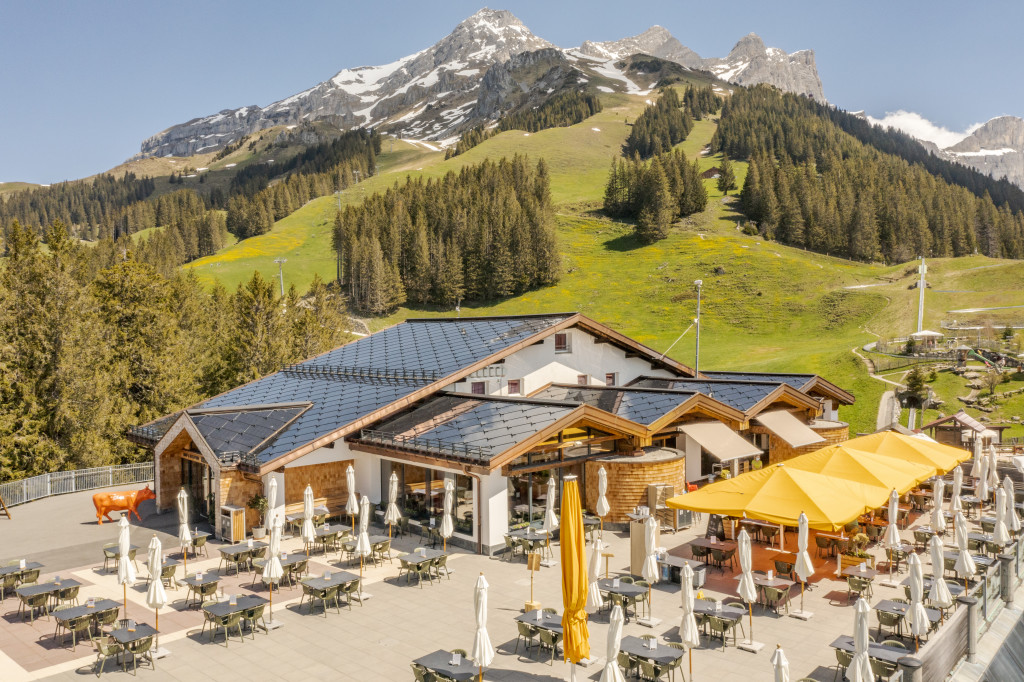
Solar technology is developing at a rapid pace, with building integrated photovoltaics like solar roofs rising in popularity. They combine cutting-edge efficiency, durability and seamless design to offer homeowners and businesses a greener, more aesthetically integrated way to contribute to a sustainable future. Here, Martin Ulmann, Marketing Manager at SunStyle, shares his reasons for considering solar roofs over solar panels.
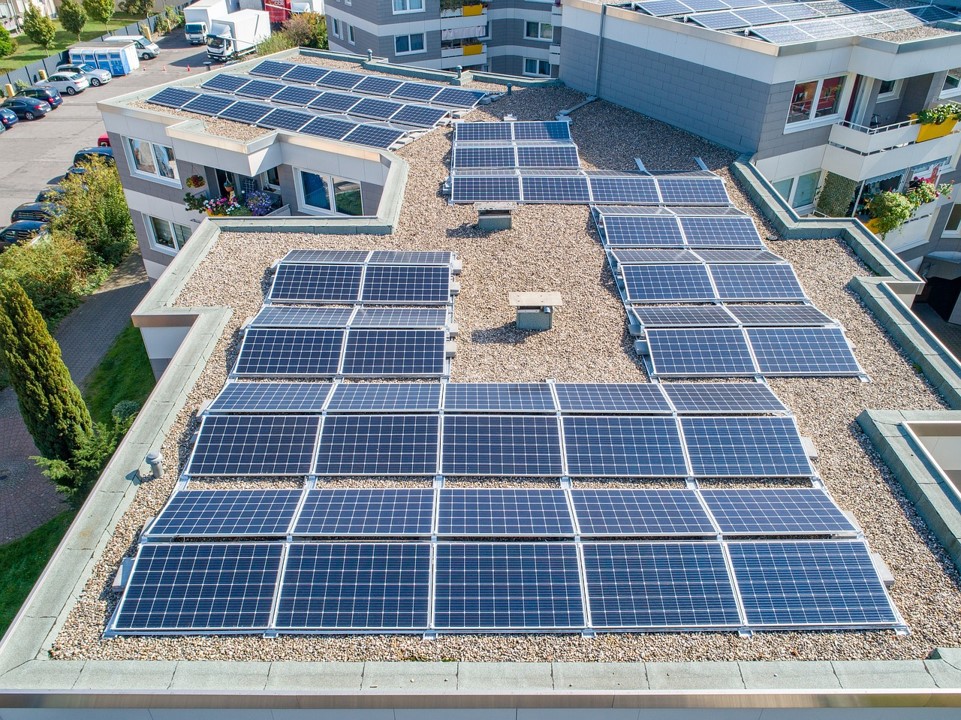
Rooftop revolution: How solar is lighting the way for UK business
While rooftop solar has long been a savvy choice for businesses seeking to cut costs and champion sustainability, the recently unveiled UK Solar Roadmap by the Department for Energy Security and Net Zero cements solar’s crucial role in achieving the nation’s ambitious climate targets. David Woon, Head of Net Zero Engineering and Operations at Ennovus Solutions, discusses the key benefits of solar and how businesses can make the most of upcoming changes.

Transforming a space is not just about form – it is about function and understanding users’ needs and desires to ensure they are met. Moreover, modern spaces must be scalable and sustainable. Ben Tiffany, M&E Director at Sigma, explains.
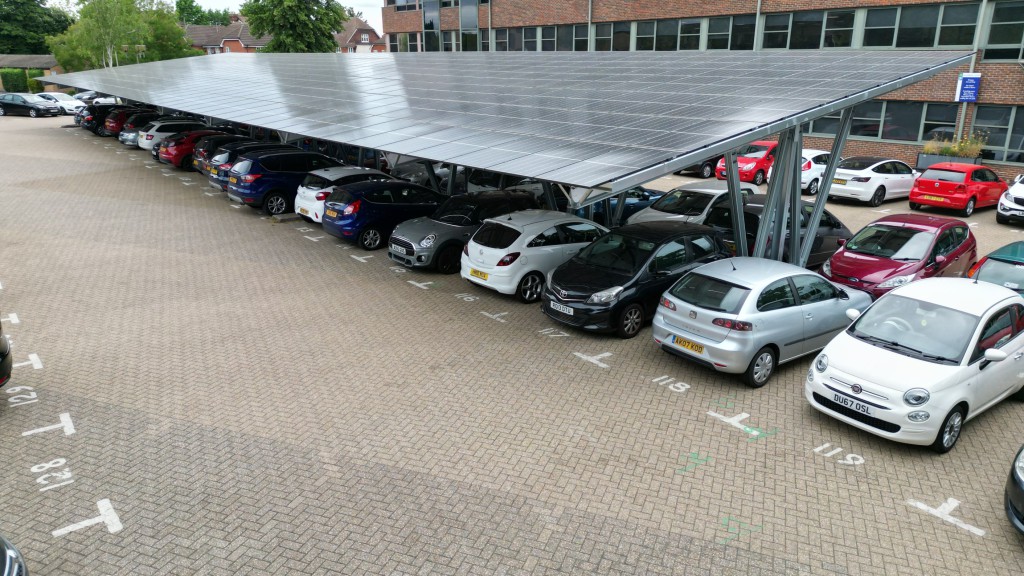
In light of the government’s call for evidence on the viability of solar carports, Damian Baker, MD and founder of RenEnergy, explores the latest research around the technology and how businesses in the UK could benefit from it.

As energy costs continue to fluctuate and pressure mounts to decarbonise buildings, the combination of solar PV and battery storage offers a powerful solution, yet uptake remains slower than expected across the built environment. Griff Thomas, Director at GTEC, explains the opportunities that integrating these complementary technologies presents; from better energy management and reduced electricity bills, to supporting Net Zero goals in commercial and public sector buildings.
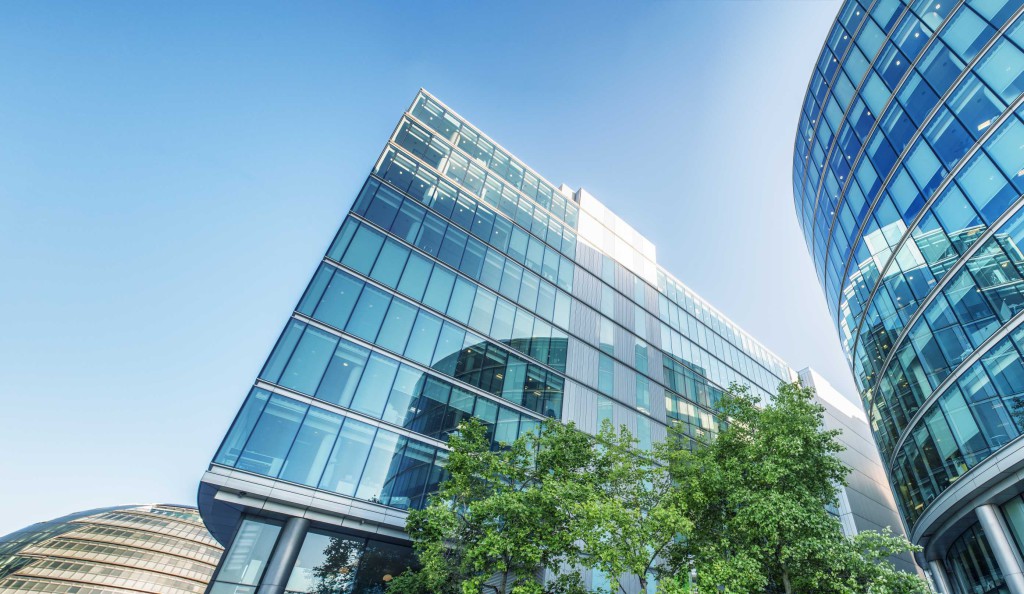
Reducing carbon emissions in UK office buildings
As the UK accelerates efforts to combat climate change, the decarbonisation of commercial properties remains both a challenge and an opportunity. Transitioning away from fossil fuel based heating systems to sustainable alternatives is becoming an essential part of achieving Net Zero targets and future-proofing office buildings, says Graham Smith, Applied Commercial Director UK&I at Carrier Commercial HVAC.

Putting roadmaps in place to reduce the carbon intensity of heat in our schools will be critical for our Net Zero future, says Neville Radford, National Education Sector Manager at Baxi. The building services industry has a pivotal role to play in helping school estates managers map out their sustainability journey.
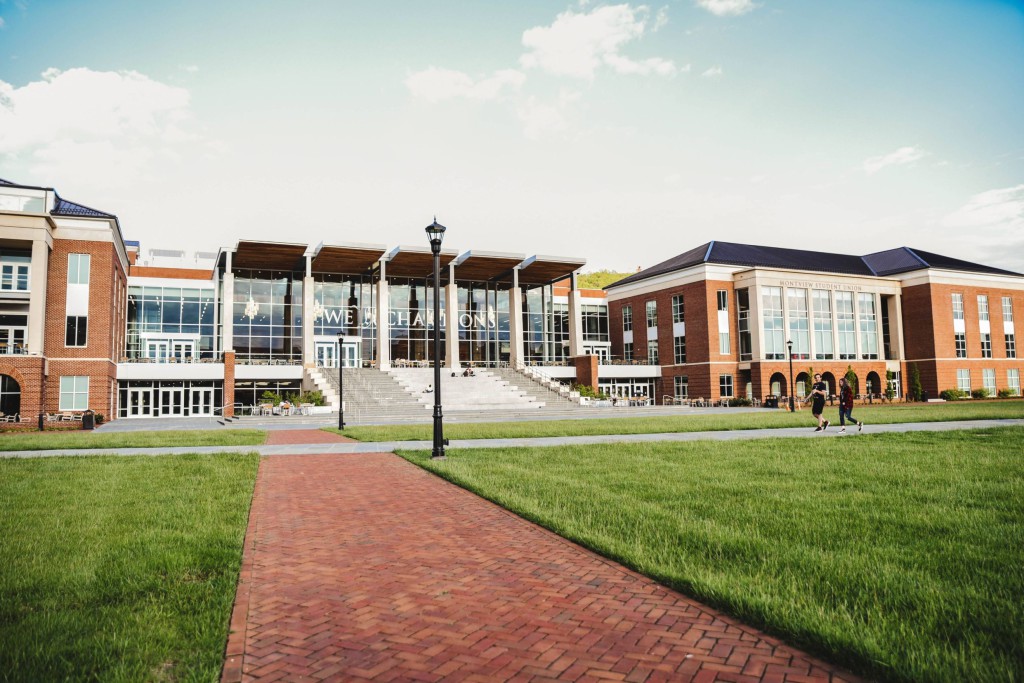
Mike Egan, Business Development Manager, Corporate Sales at Mitsubishi Electric, highlights the importance of upgrading the UK’s schools in order to hit our Net Zero targets.
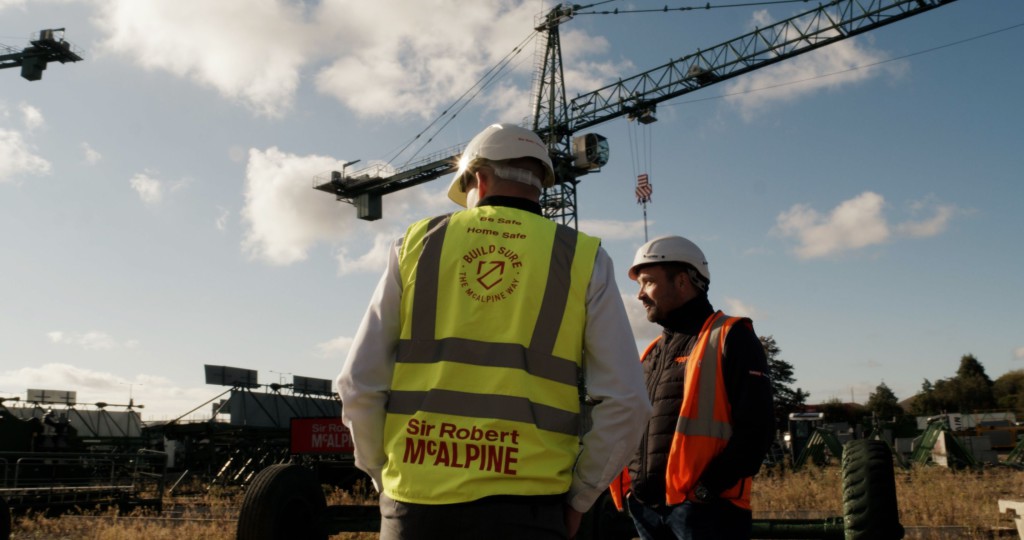
Tom Adlington, Sector Manager for Building Services & Construction at Aggreko, explores what the term ‘zero carbon’ really means for new building projects, and highlights the potential for battery energy storage systems to help slash emissions during the construction phase.

Preserving heritage and embracing sustainability
Daniel Ross, Associate Director at Harley Haddow, explains why decarbonising existing buildings is crucial for the UK’s climate goals.
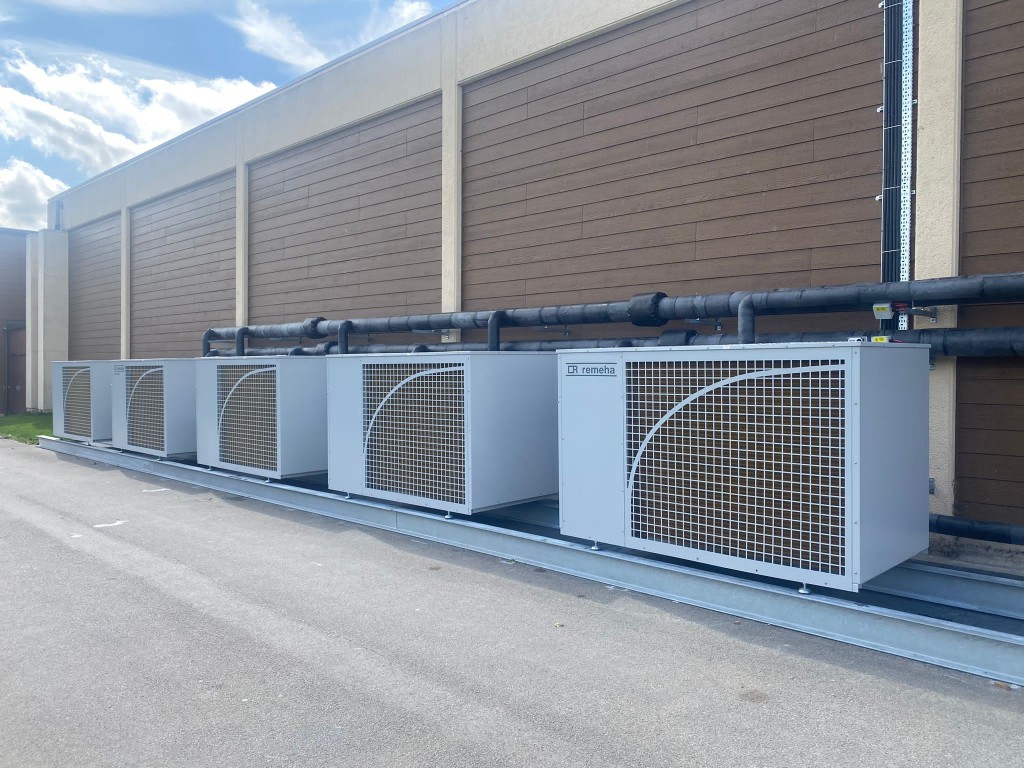
Baxi’s Commercial Sales and Specification Director Rob Erwood discusses some of the approaches to tackling the net zero challenge.

From commercial spaces, public buildings, and more, the built environment is responsible for approximately 25% of the UK’s greenhouse gas emissions. A figure which reaches 38% when accounting for total global carbon emissions as a whole. In the face of growing concerns surrounding climate change; individuals, companies, and governing bodies alike have made commitments to half global emissions by the end of the decade, eliminating them in their entirety by 2050.

Artificial intelligence, incorporating Internet of Things (IoT) solutions, is key to enabling building owners and managers to improve performance as well as lowering energy use, costs and carbon emissions, writes Adalbert Neumann, Global Product Group Manager Building & Home Automation Solutions, Smart Buildings Division, ABB Electrification.

Energy, design and COP-27: How can the construction industry keep up with Net Zero targets?
David Harris, Managing Director, Premier Modular, considers how close we are to achieving carbon efficiency, whether we’re on track for net zero targets, and how to take that critical next step to achieve carbon-efficient buildings.

Keeping buildings cool in a net zero future
High temperatures are increasingly common in the UK with four of the five hottest summers on record having happened since 2003. Tim Mitchell, Sales Director at Klima-Therm, examines the likelihood of future heatwaves and discusses the implications for the cooling industry.

The race to Net Zero: How the industry can maintain momentum
Vidal Bharath, Chief Commercial Officer at Bramble Energy, says much of the ability of the UK to successfully meet its 2050 net zero target will hinge on the success of the construction sector’s decarbonisation strategy.

Innovations to decarbonize buildings have brought the goal of Net Zero within reach. To achieve it, industry and government must work together to implement them. Eric van Oossanen of Trane looks at the issues.

The architect’s journey to zero energy buildings
Elitsa Yakimov, Marketing Manager at Armacell UK, discusses the latest IPCC report amongst others, and comes to the sobering conclusion that it will be impossible for the UK to meet its 2050 Net Zero target without fundamental changes to the ways we build and heat our buildings.

Alistair Bell, Director at ThermoSphere, discusses the mood in construction, and the industry’s opportunity for growth.

How to keep net zero momentum during the energy crisis
“With very little sign that the cost pressures are easing, what is the impact of this uncertainty?”, asks Anthony Ainsworth, Chief Operating Officer at npower Business Solutions.
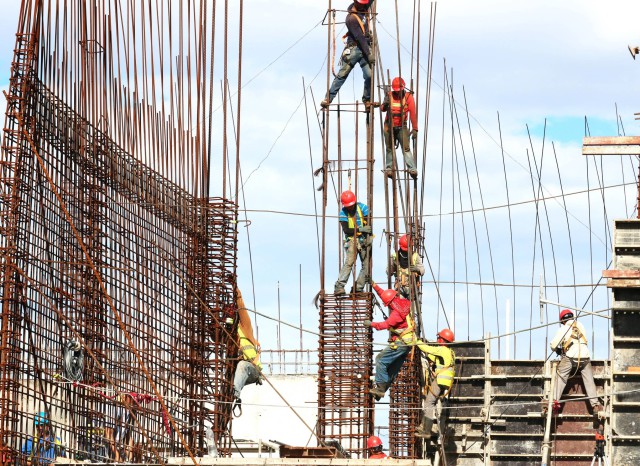
Net Zero and the Built Environment: The Journey to Carbon Efficiency
Peter Sayce, Product and Commercial Development Officer at Bramble Energy says the industry must go further to make sure that any new infrastructure is built in the most efficient way possible, and existing stock is improved and repurposed where possible.

People, process and partners are the key to the success of Net Zero
With 80% of the UK’s 2050 building stock having already been built, there remains a major priority to decarbonise existing stock to meet climate targets. Stephen Flood looks at how.

Making progress towards net zero by tackling heat decarbonisation
What are the challenges and opportunities for organisations as they tackle heat decarbonisation amid the continued energy crisis? Rob Erwood of Baxi Commercial solutions has answers.

How to get an energy efficiency project sign off
TEAM discuss making your best case to obtain energy efficiency project sign off.

Making the net zero goal a reality
With the UK Government setting ambitious targets to achieve decarbonisation and net zero emissions by 2050, Alex Ashton, Environmental and Sustainability Manager from Polypipe Building Services, explains how manufacturers have a role to play in a low carbon.

The role of ventilation in the carbon net zero revolution
To achieve a reduction in the UK’s carbon emissions, we need to look at BOTH the means of heating, cooling and airing a building, and our sources of supply says Roy Jones, Technical Director at Gilberts Blackpool.

BESA urges industry to get serious about embodied carbon
The energy efficiency of buildings and products has improved dramatically over the past 30 years, but to protect the global environment we must also crack the more complex challenge of reducing ‘embodied carbon’, according to the Building Engineering Services Association (BESA).
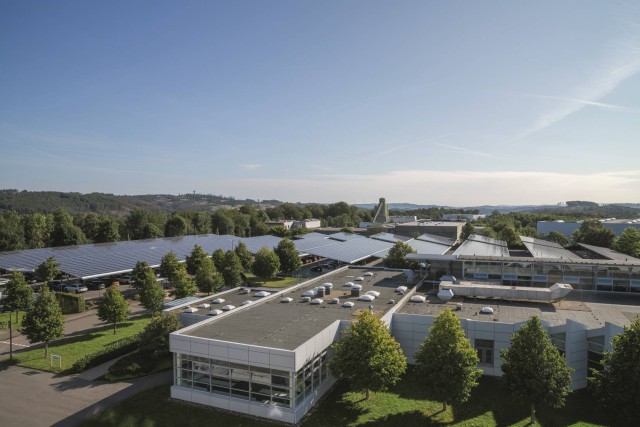
Giving building managers the power to make informed, data-driven decisions that reduce CO2 emissions, optimise energy efficiency and create a more sustainable world, says Dr. Thorsten Müller, Head of Global Product Group: Building and Home Automation Solutions at ABB

Smarter Buildings – hand in hand with protecting the climate
Post-pandemic life is still uncertain. Priorities have changed and targets shifted. New and flexible forms of work (“New Work”) as well as the growing importance of employee satisfaction present companies with new challenges. Buildings nowadays are also measured by whether they provide a productivity-enhancing and inspiring environment. Leighton James, Product & Marketing Director, TRILUX and Alex Klein, Director of Sales, wtec tells us more.

80% of the buildings that we’ll use in 2050 – the UK’s target for achieving net-zero – have already been built. Reducing the energy requirement of these buildings is a key step in the transition to zero carbon. Caitriona Jordan, head of retrofit programmes at Construction Scotland Innovation Centre (CSIC), looks at how.

This year, England, Scotland and Wales are taking significant steps towards achieving net zero carbon emissions with the introduction of tougher building energy efficiency standards. In addition to these efforts to cut the operational impact from buildings, there is also growing pressure to address their embodied impact. These are the emissions from the processes needed to construct, maintain and deal with a building at end of life. As a result, project teams are being increasingly asked to consider these factors as part of the design and specification of projects.

A single unifying body can concentrate all efforts from all sectors of the building products & services industry in achieving clear and concise information exchange in drive to net zero carbon
Letter to the Editor: the true cost of solar energy
I was interested to read about the report from Infrastructure Management at Sheffield Hallam University stating that solar thermal panels cost around £3500 to install [MBS February 2012, page 8].

Shorts launches biomass supply/install package
Immediately available from Shorts Environmental, which specialises in the design, supply and fitting of low-carbon building-services products, is a new biomass package. According to Mike Wheeler, national sales manager with Shorts, a biomass system is the runaway winner in any contest for lowest running costs. He is convinced that end users, architects and specifiers will be looking beyond the initial installation costs to the quite substantial operating gains achieved in lifetime savings.

Dimplex provides support for new heat-pump standard
Dimplex is helping installers get to grips with a new installation standard for heat pumps that came into effect from February 2012. Chris Davis, business-development director with Dimplex Renewables, says, ‘We believe MIS 3005 is a positive move for the industry and will help heat-pump systems deliver the consistently high performance that’s needed to encourage the uptake of renewable heating in the UK.’

London Data Exchange, which provides network-independent colocation solutions and data centres, has chosen Airedale International Air Conditioning as its cooling partner. Airedale has designed a low-energy, resilient solution for LEeX1, a purpose-built £5 million 2000 m2 carbon-neutral data centre due to open in April 2012 and close to the south end of the M1.

Maintaining pressure on energy consumption
Existing buildings can benefit from a considered approach to substantially improve their energy efficiency. David Lewis outlines four simple steps to achieving energy efficiency and the notable savings that can be made in the process.

Radiators meet green heating systems
The low water temperatures that characterise heating systems using renewable energy do not preclude the use of radiators, says Chris Edwards, marketing director with radiator manufacturer Purmo. He says, ‘Even in countries with harsh Winters such as Sweden, radiators are accepted as an integral part of a modern, efficient and green heating system. Our low-temperature-technology products prove that radiator-based heating system provide a quicker a more consistent heat distribution in many settings.’

AET launches solar-thermal collector
AET now offers the Camel Solar high-efficiency evacuated-tube solar thermal collector, which can absorb over 92% of the Sun’s energy that lands on it. This capability is said to make it one of the most efficient solar collectors on the market, with a stagnation temperature of 250°C. Evacuated tubes enable these collectors to work effectively even during the coldest months of Winter.

Making light work of energy efficiency
Lighting is widely recognised as one of the best starting places to reduce energy costs in the built environment. Graham White and Greg Herring outline the key issues to consider.
A large apartment development in Richmond has achieved Level 4 of the Code for Sustainable Homes with help from Total Home Environment, which specialises in mechanical ventilation and heat pumps.
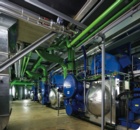
Delivering energy efficiency with district energy
Centralised energy centres serving district energy schemes are making a growing contribution towards achieving low and zero carbon buildings. Simon Woodward discusses the key issues for specifiers

For several years Mitsubishi Electric has been making steady and progressive reductions to the carbon footprint of its headquarters at Hatfield, with a dramatic effect on the Energy Performance Certificate. Martin Fahey shares his experiences.

Ashworth launches sustainable range
Ashworth, a national distributor for the mechanical-services industry, stocks a comprehensive range of renewable-energy solutions. They are featured in a brochure, which also includes coverage of key issues and schemes to be aware of — including the Feed-in Tariff, Renewable Heat Incentive and Microgeneration Certification Scheme.

50 kW solar PV system for Warwick Hospital
Warwick Hospital has become the second hospital to benefit from solar energy through a partnership between Community Energy Warwickshire and South Warwickshire NHS Foundation Trust. This 50 kW solar PV system follows a 10 kW installation for Stratford Hospital. Both were installed by Eco2Solar.

Gary Perry describes how Norland Managed Services has been helping clients to reduce their energy consumption — starting with simple and low-cost measures.

Ecobat Battery re-launches as Veloris
Following its sale from the Ecobat Group and a subsequent comprehensive review of its position in and value to the market, Europe’s largest independent battery distributor is now Veloris.
Baxi survey reveals care home leaders need support to achieve heat decarbonisation goals
Baxi recently surveyed over 400 senior and middle management care home managers in both the private and public sector this summer in an effort to understand the enablers required to help decarbonise the sector.






